Procter & Gamble, the folks who keep your laundry fresh with Tide and your babies snug with Pampers, announced they’re giving 7,000 employees an unexpected two-year vacation from their jobs. This news, dropped at a fancy Deutsche Bank Consumer Conference in Paris on June 5, 2025, is part of a grand restructuring plan to dodge the wild punches of U.S. tariffs and a shaky spending public. It’s not a total surprise, as P&G’s been hinting at tightening its belt, but 7,000 jobs is a lot of belt to tighten!
The company, with a global workforce of 108,000 as of June 2024, is trimming about 6% of its staff, mostly from the non-manufacturing crowd. That’s 15% of the folks who don’t make the soap but probably dream about it. P&G insists this isn’t just a cost-cutting tantrum but a strategic pirouette to “simplify the organizational structure” by making roles broader and teams smaller, which sounds like a polite way of saying everyone’s getting a bigger to-do list.
Why the big chop? Blame the tariff tornado whipped up by President Donald Trump’s trade policies. These levies, hitting everything from Chinese raw materials to finished products, are costing P&G a projected $600 million before-tax hit in fiscal year 2026. The company’s already bracing for a $1 billion to $1.6 billion charge over the next two years, with a quarter of that being non-cash, which is corporate-speak for “it hurts, but not all of it’s real money.”
P&G’s not alone in this tariff-induced headache. A Reuters analysis pegs the trade war’s toll on companies at a whopping $34 billion in lost sales and higher costs. Other big names, from General Motors to Target, are also clutching their wallets and rethinking their forecasts, proving that tariffs are the gift that keeps on giving—mostly grief.
“We’re in an unpredictable geopolitical environment, and consumers are facing greater uncertainty,” said CFO Andre Schulten, alongside operations head Shailesh Jejurikar, at the Paris conference. They didn’t point fingers, but the subtext was clear: tariffs are turning the global market into a game of economic whack-a-mole. P&G’s response? Raise prices on some products and pull every lever in their arsenal, which probably includes a dusty manual titled “How to Survive a Trade War.”
The restructuring isn’t just about job cuts. P&G plans to exit some product categories and brands in certain markets, possibly selling off a few underperforming ones. They’re keeping mum on which brands might get the boot, but one can imagine the boardroom debates over whether to ditch a niche shampoo or a fancy toothpaste. More details are promised in July, so stay tuned for the great brand purge reveal.
Despite the grim news, P&G’s trying to keep things upbeat. “This is not a new approach, just an intentional acceleration of our current strategy to win in this challenging environment,” executives chirped in Paris. Translation: we’ve been planning to shake things up, but tariffs lit a fire under our restructuring plans.
The stock market, however, didn’t exactly throw a parade. P&G shares dipped about 2% in early trading, reflecting investor jitters. The stock’s been flat as a pancake over the past year, though Christian Greiner, a portfolio manager at F/m Investments, thinks the two-year timeline gives P&G some wiggle room to navigate the “fluid” tariff situation.
On the home front, P&G’s not entirely at the mercy of foreign imports. About 90% of what they sell is made in the U.S., but those pesky 10% of raw ingredients and packaging materials from China are enough to make CFOs sweat. The Consumer Brands Association, representing P&G and pals like Coca-Cola, warned that tariffs on essentials like wood pulp for toilet paper are a real pain, since you can’t exactly grow that stuff in Ohio.
Consumer sentiment isn’t helping either. The University of Michigan’s consumer sentiment index dropped to 50.8 in May 2025, the second-lowest in nearly 75 years, as folks worry about inflation and job security. The Congressional Budget Office predicts tariffs will bump inflation by 0.4 points in 2025 and 2026, making wallets snap shut faster than a Venus flytrap.
P&G’s not throwing in the towel. They’re exploring new sourcing options and productivity tweaks to soften the tariff blow, but price hikes are on the table. So, next time your Tide costs a few bucks more, don’t blame the cashier—blame the trade war. In the meantime, P&G’s hoping smaller teams and broader roles will keep them nimble in this economic circus.
As the dust settles, P&G’s restructuring saga is a reminder that in the world of consumer goods, tariffs can turn a profitable business into a high-stakes juggling act. With 7,000 jobs on the line and brands facing the chopping block, P&G’s betting on a leaner, meaner operation to weather the storm. Will they pull it off? Only time—and maybe a few less bottles of shampoo—will tell.
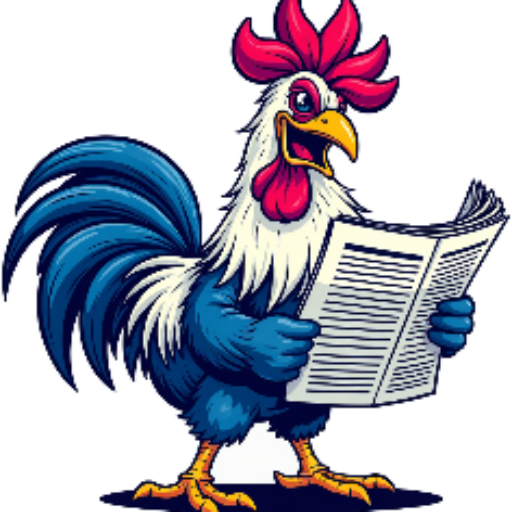
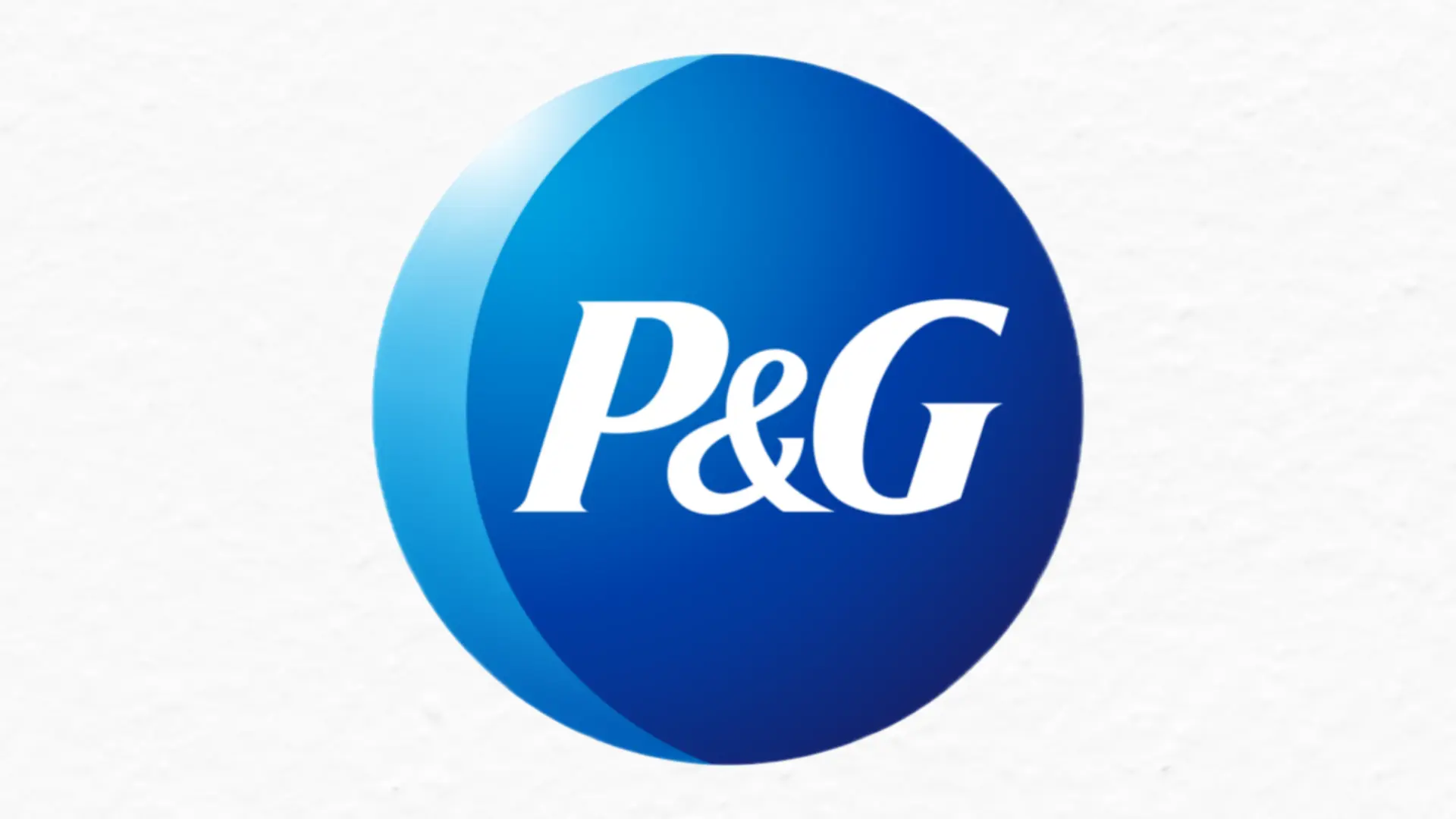
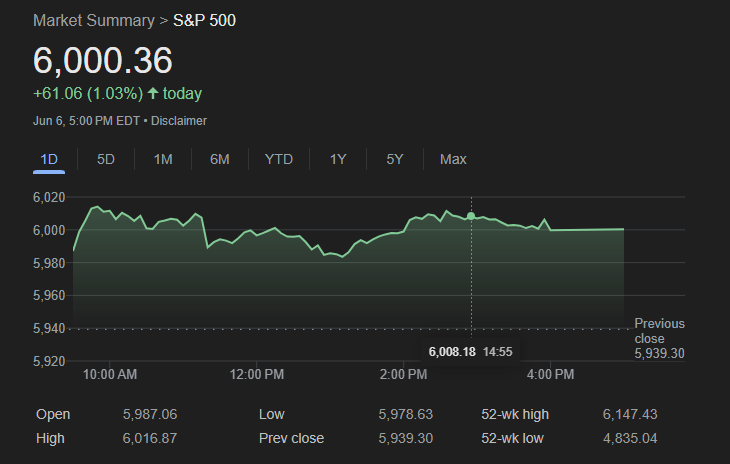

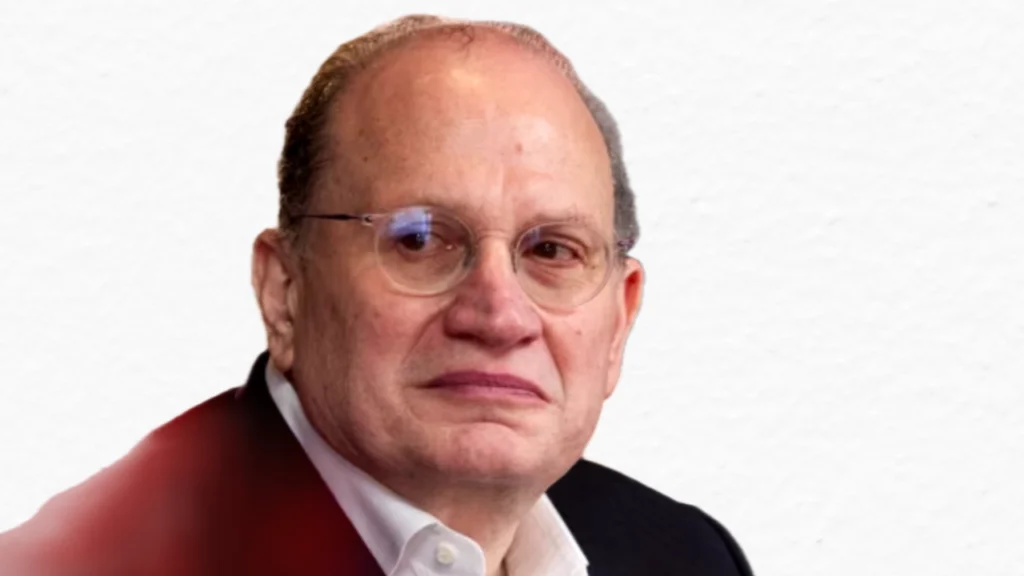
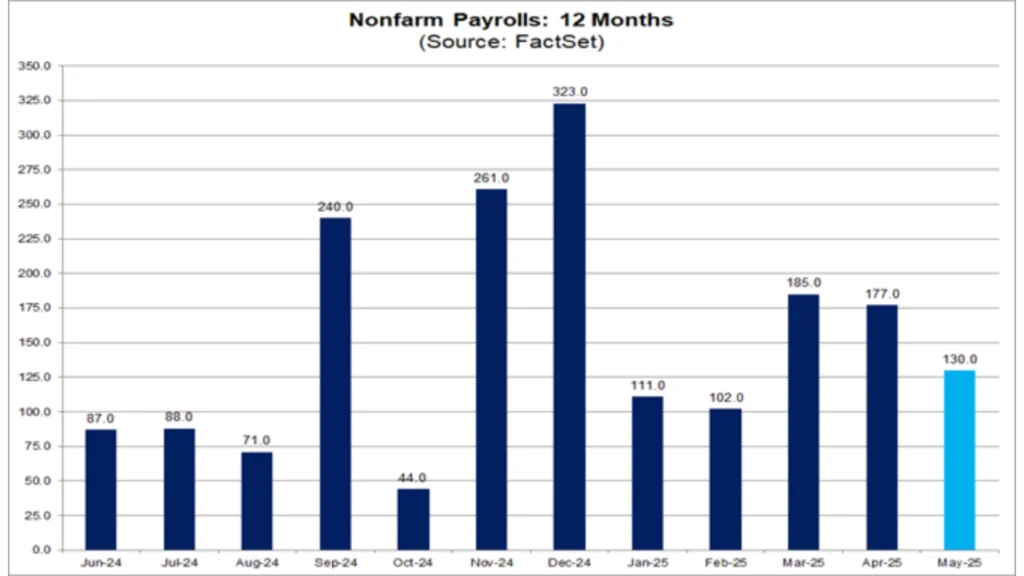

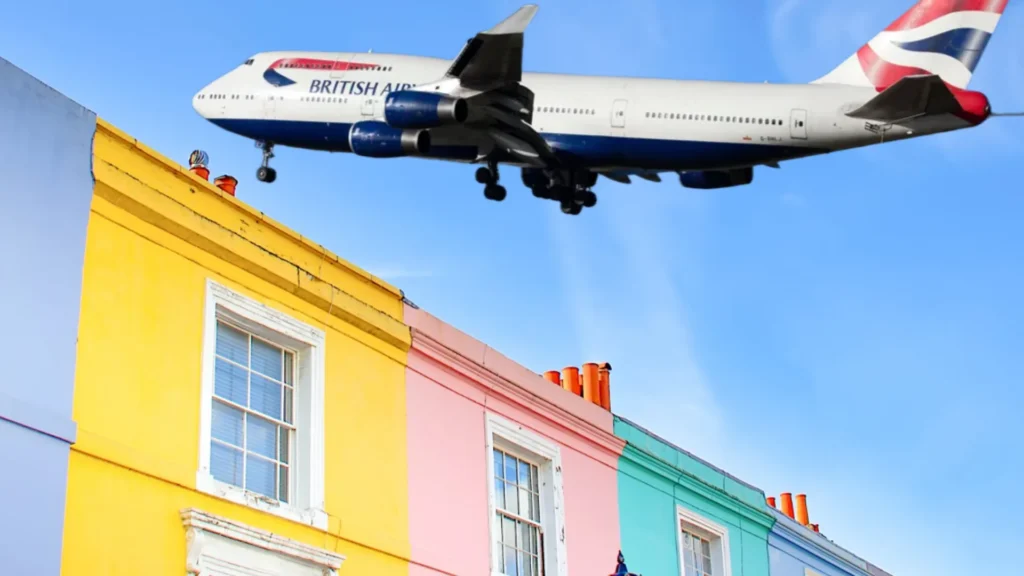



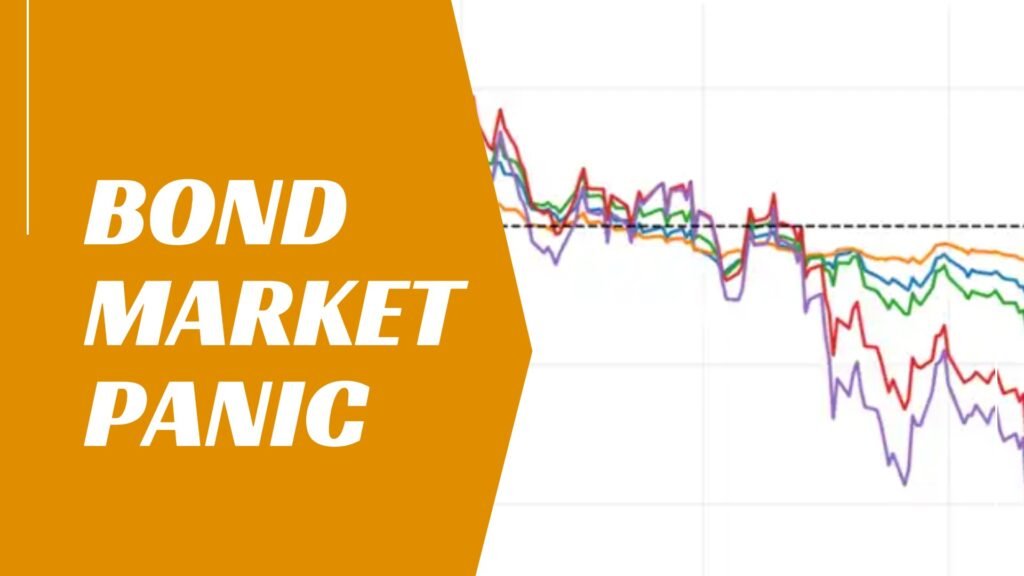
Leave a Reply